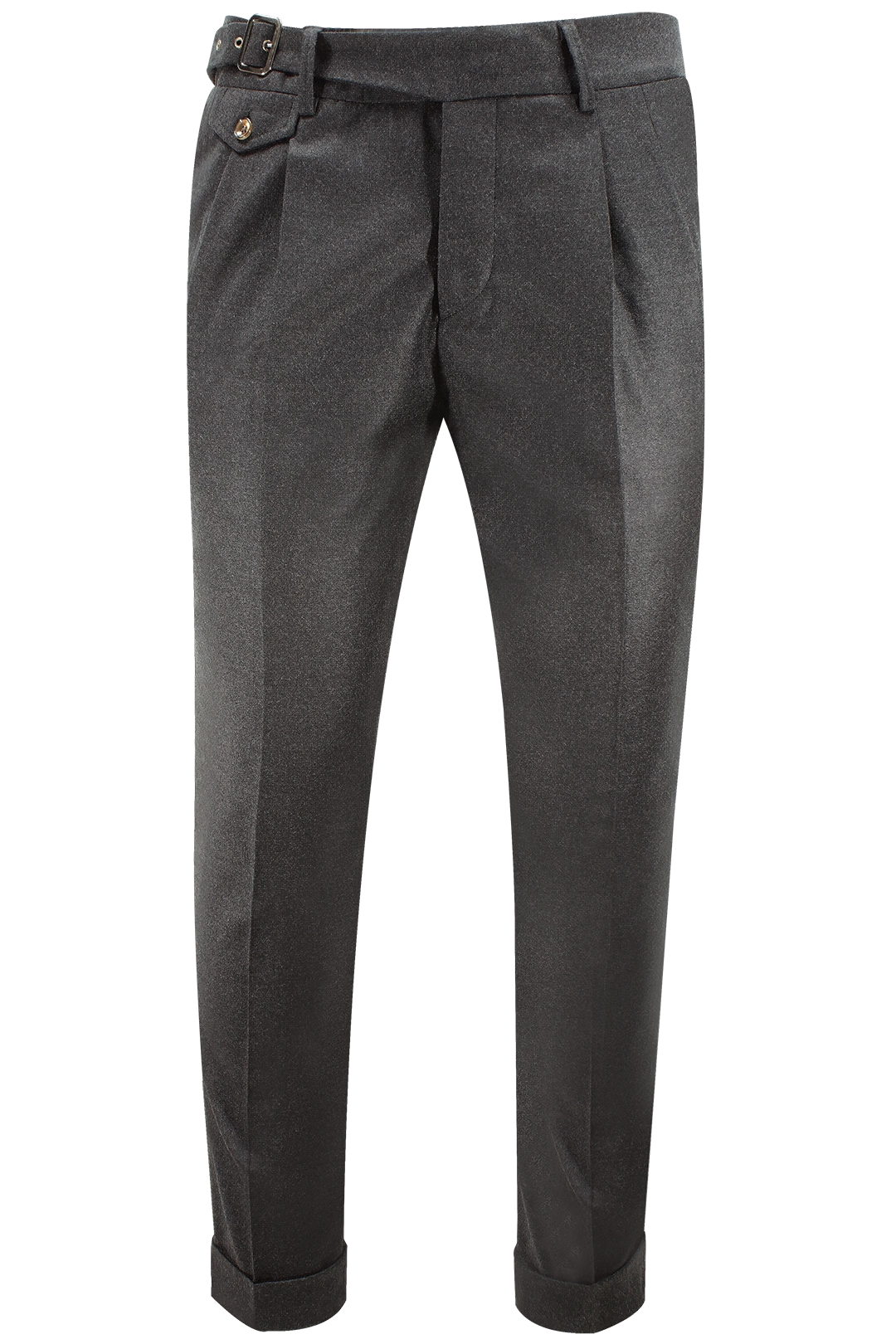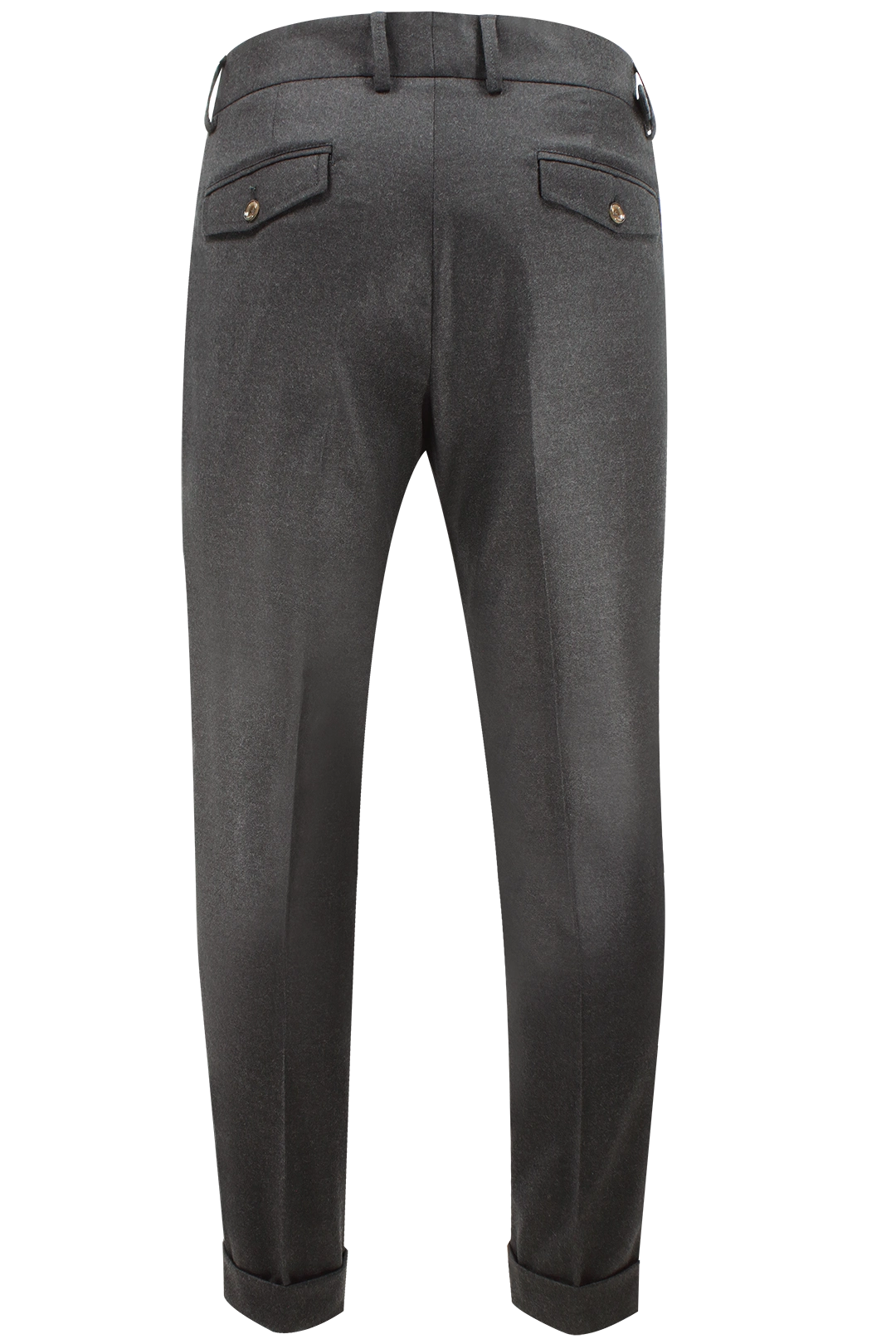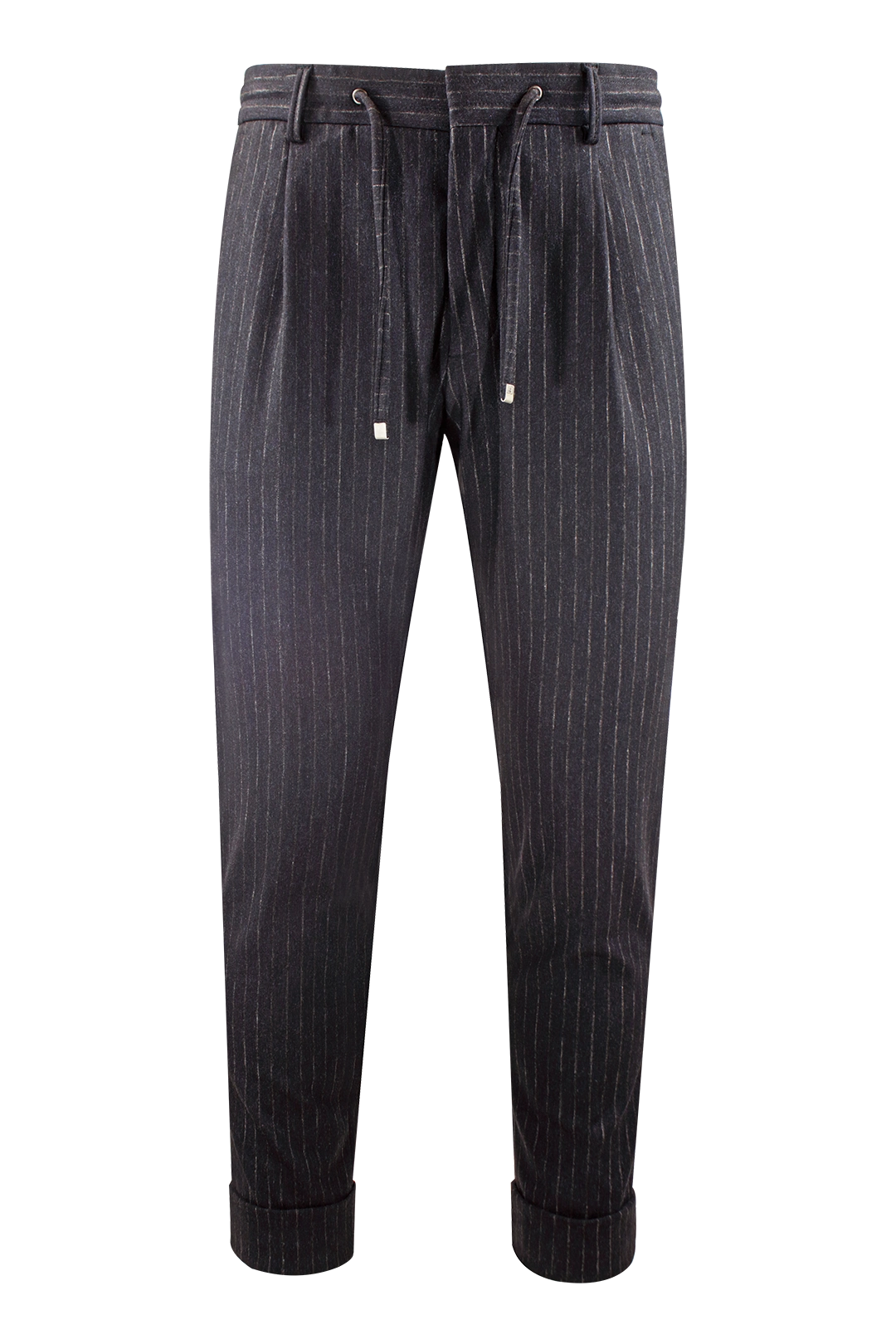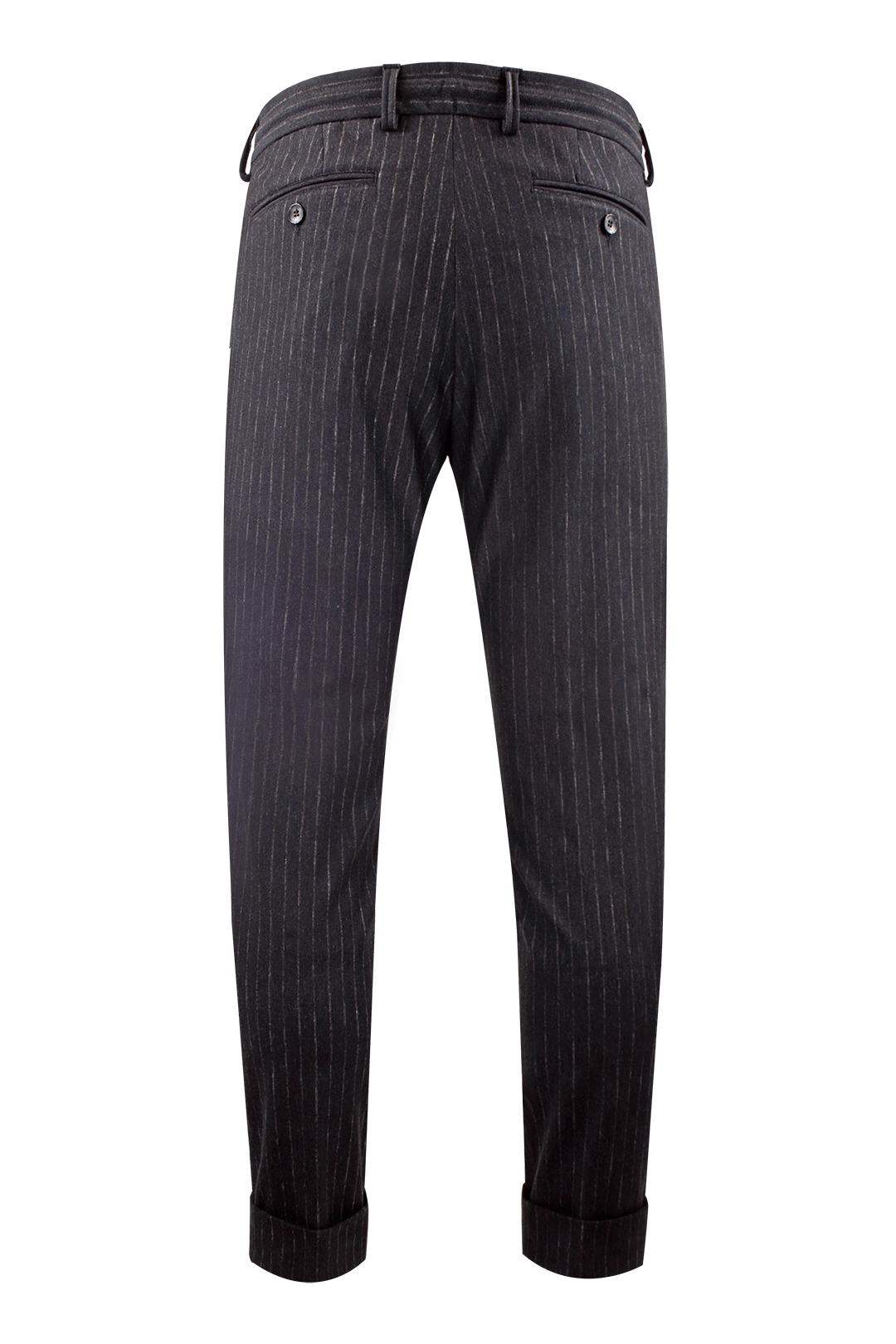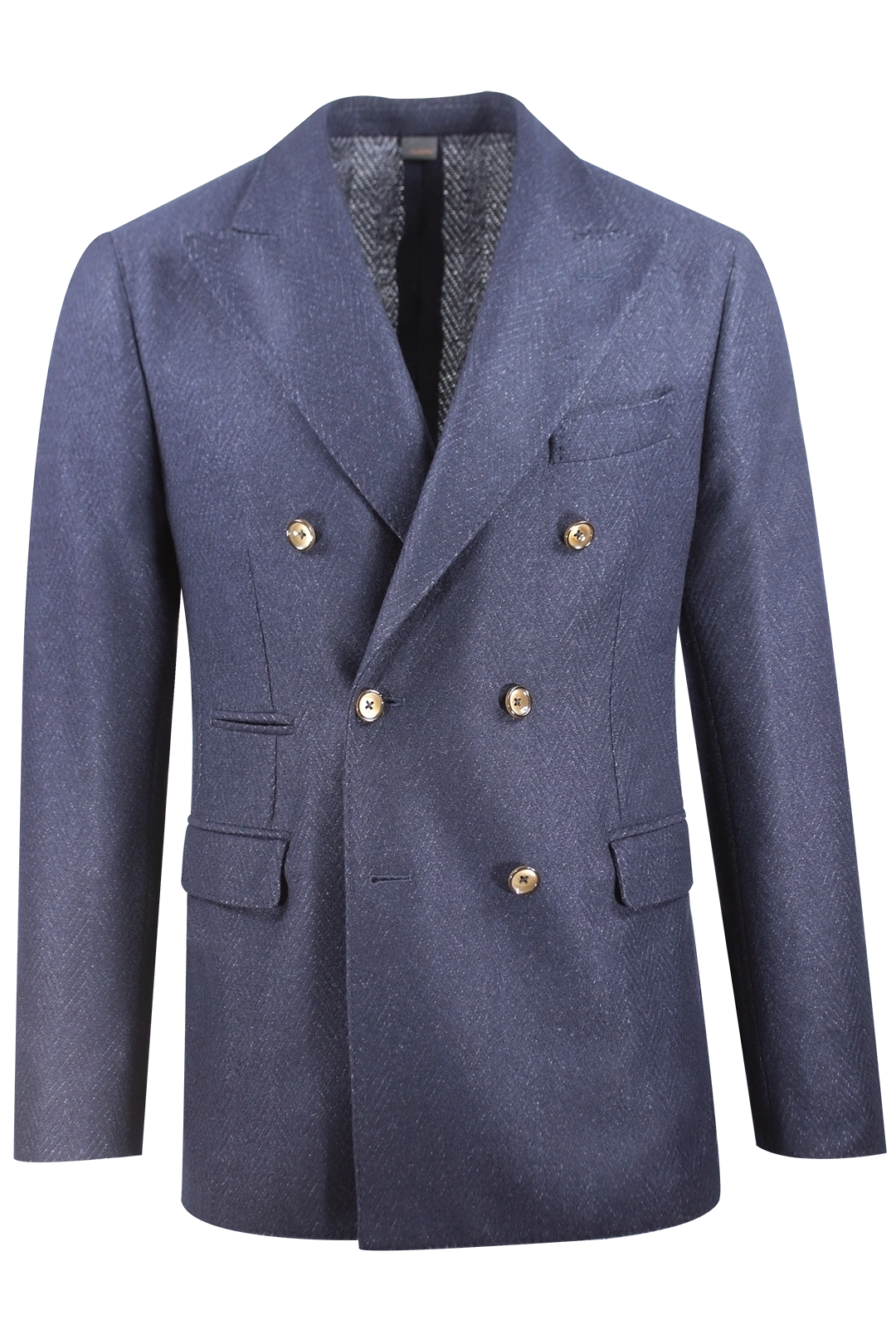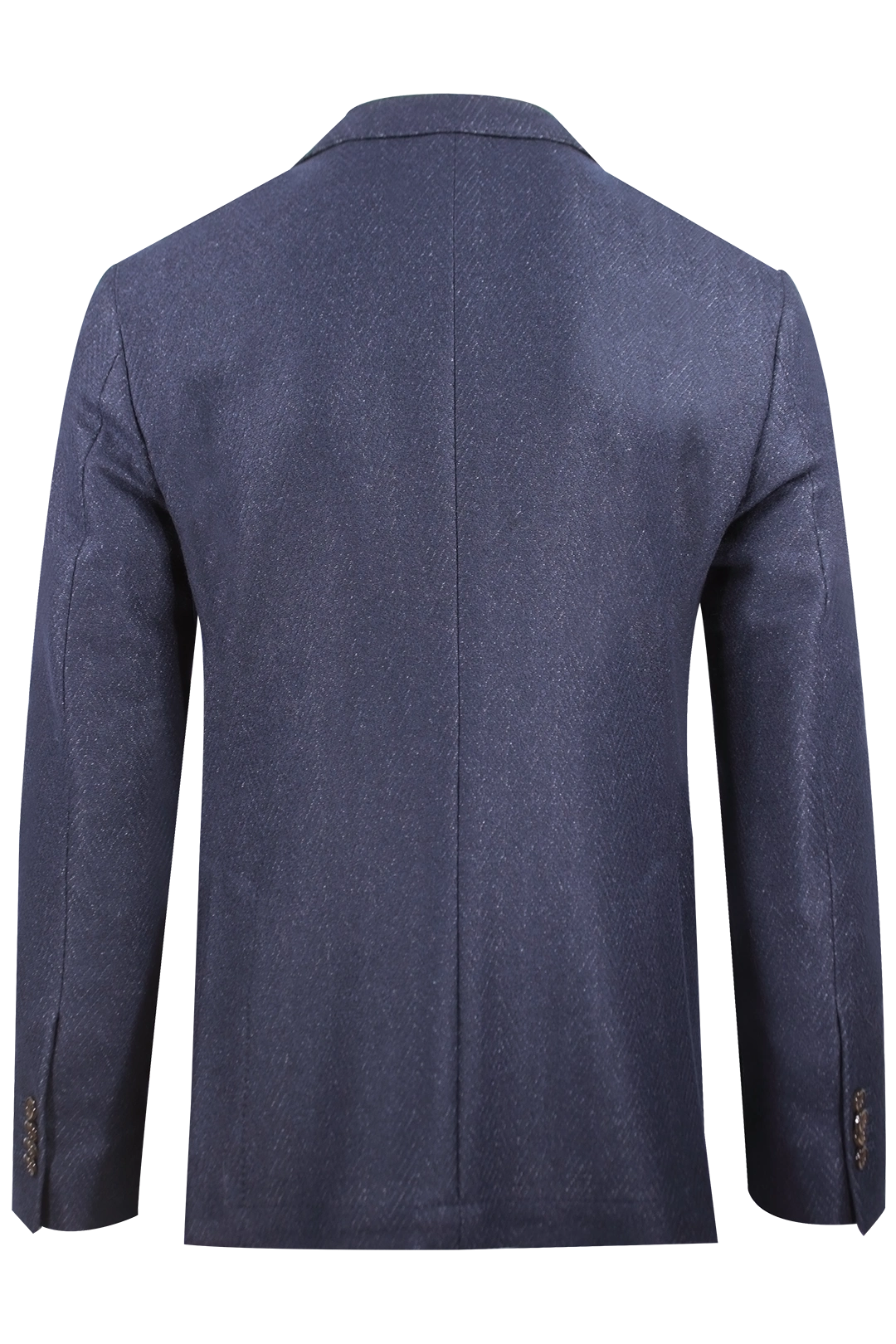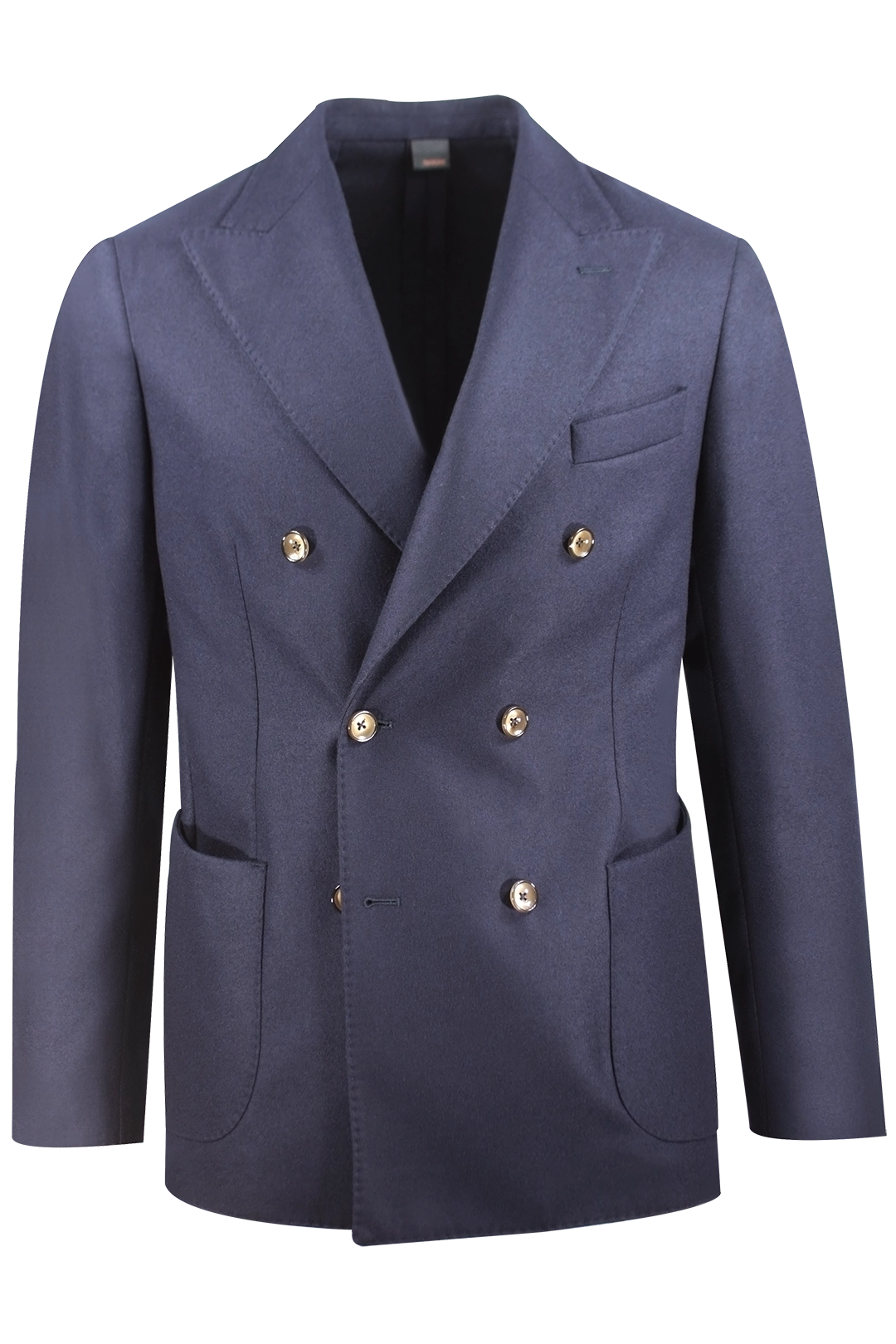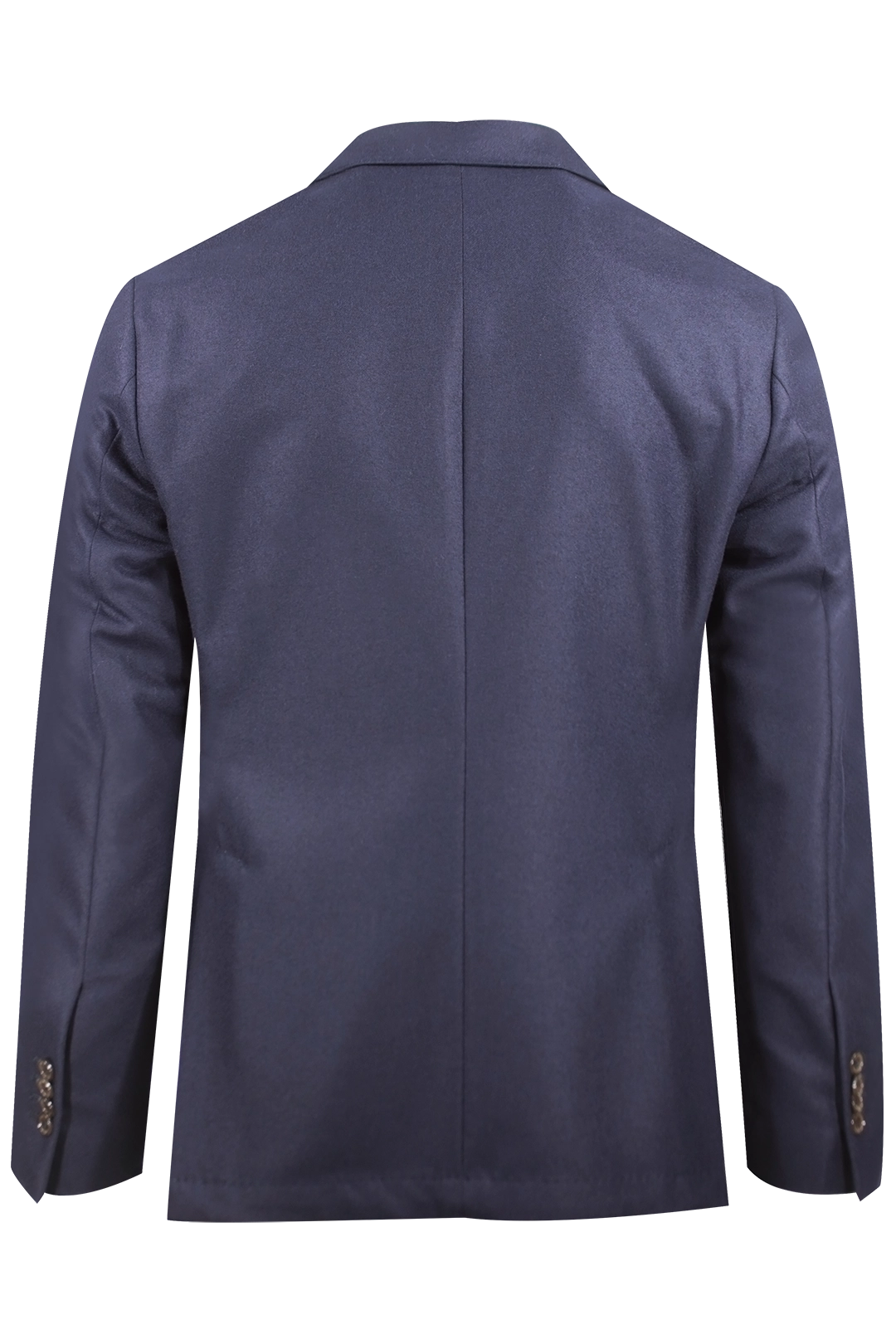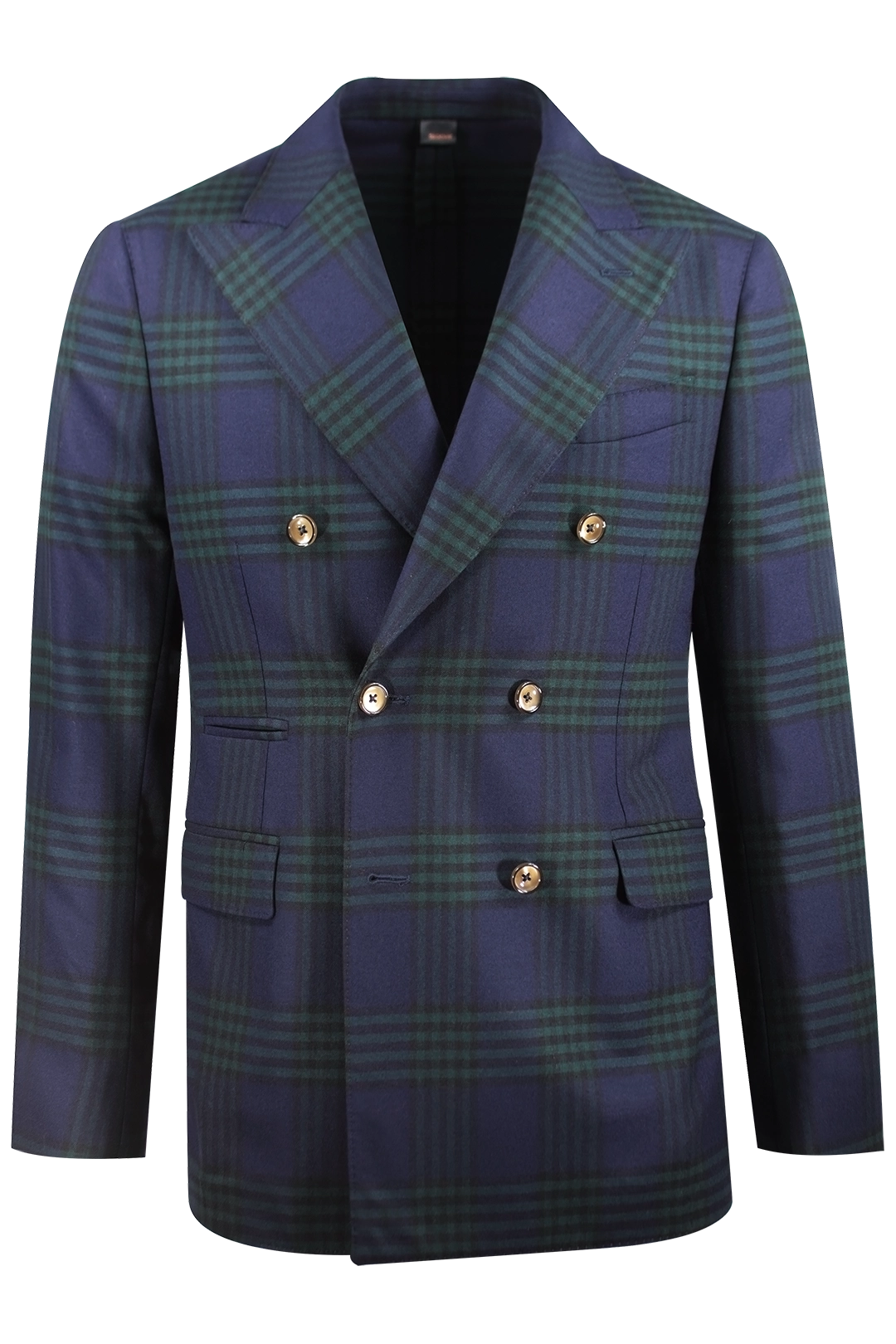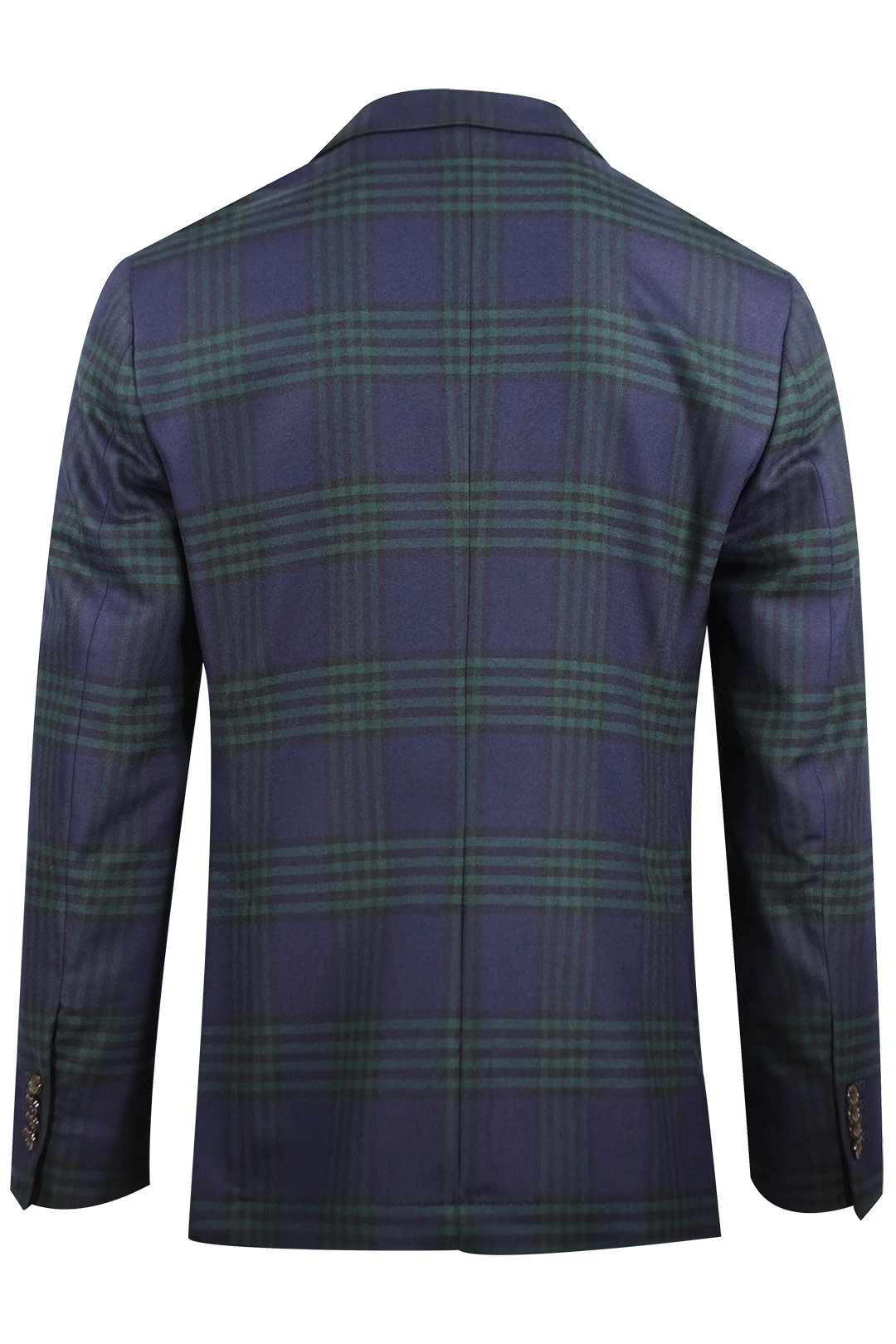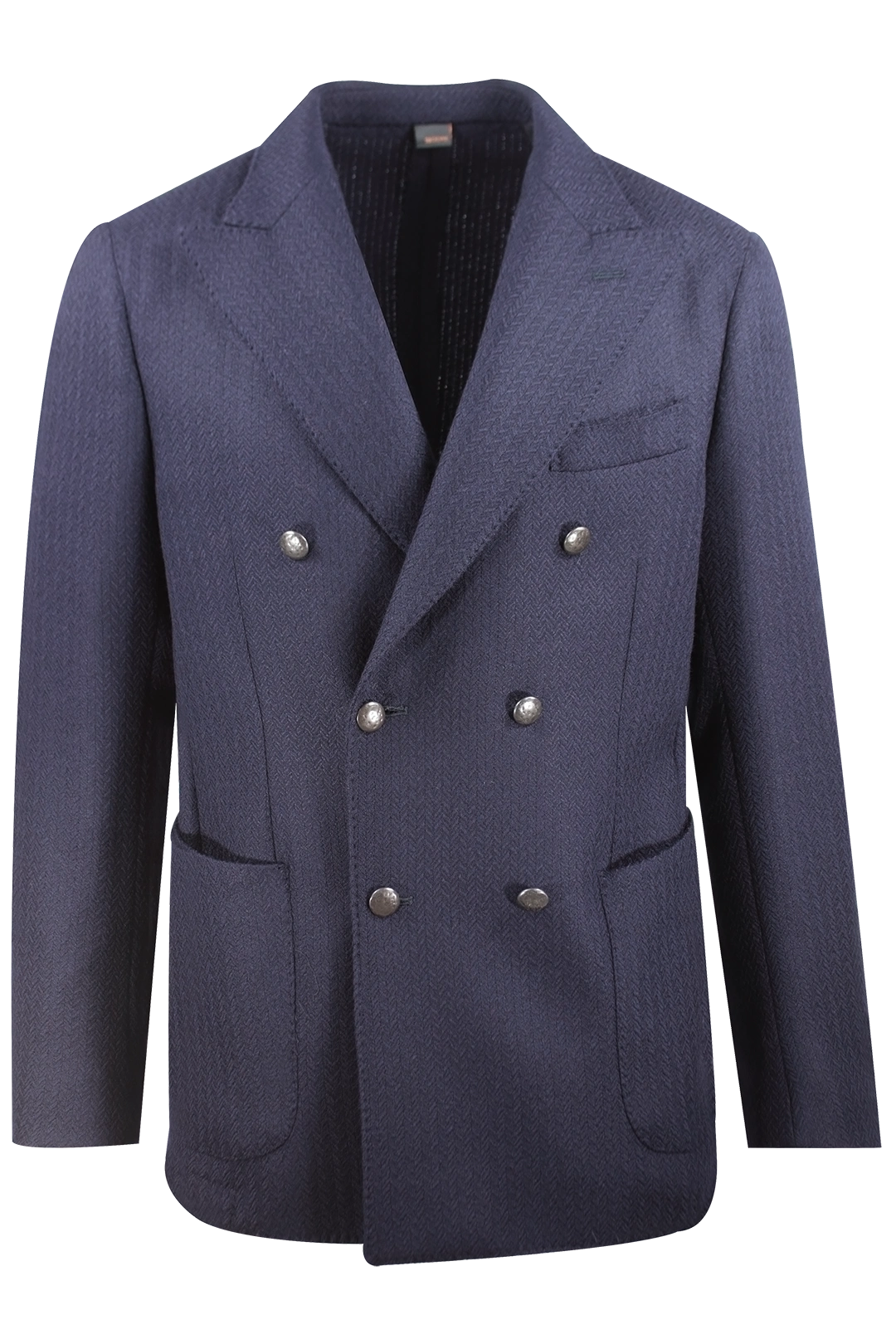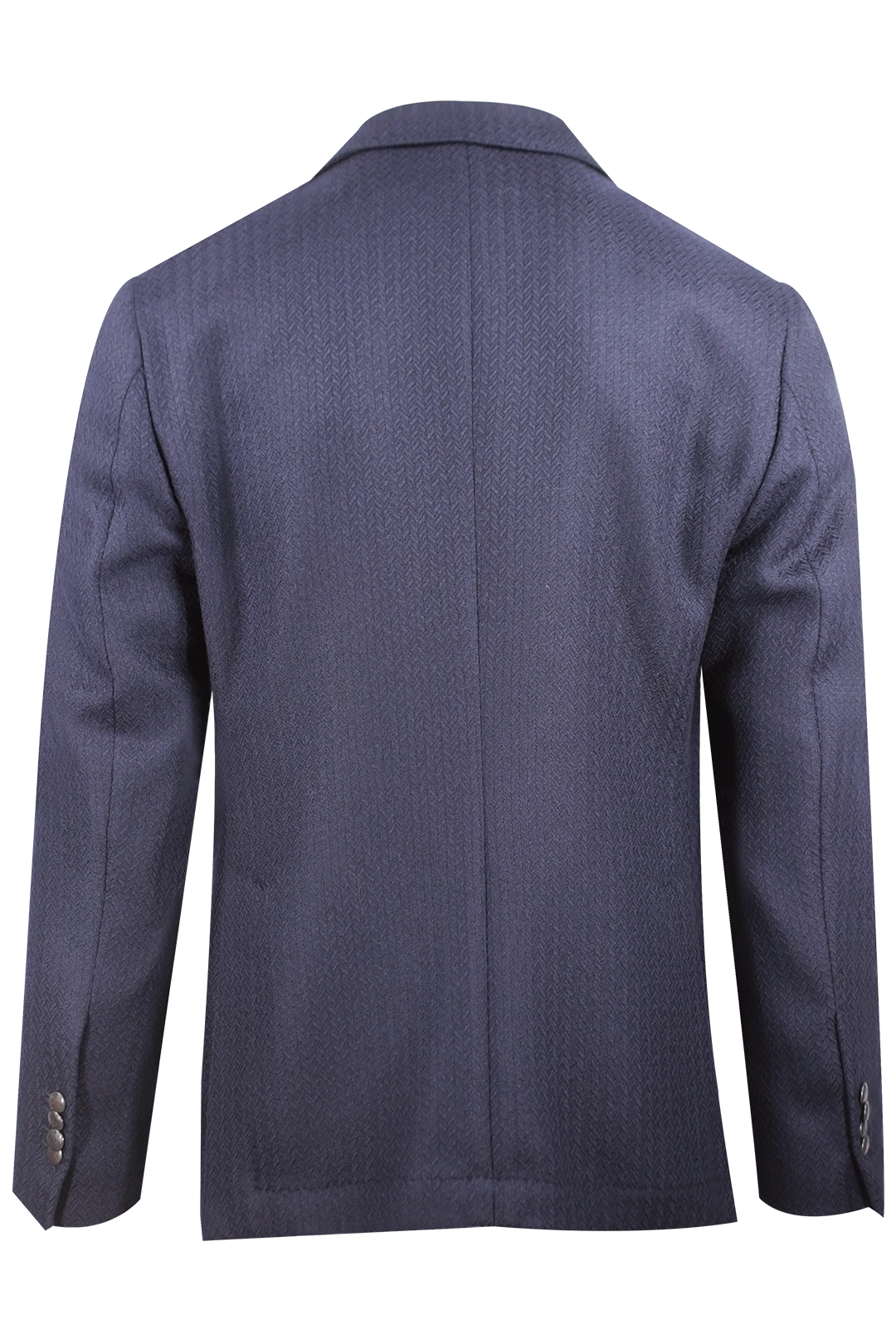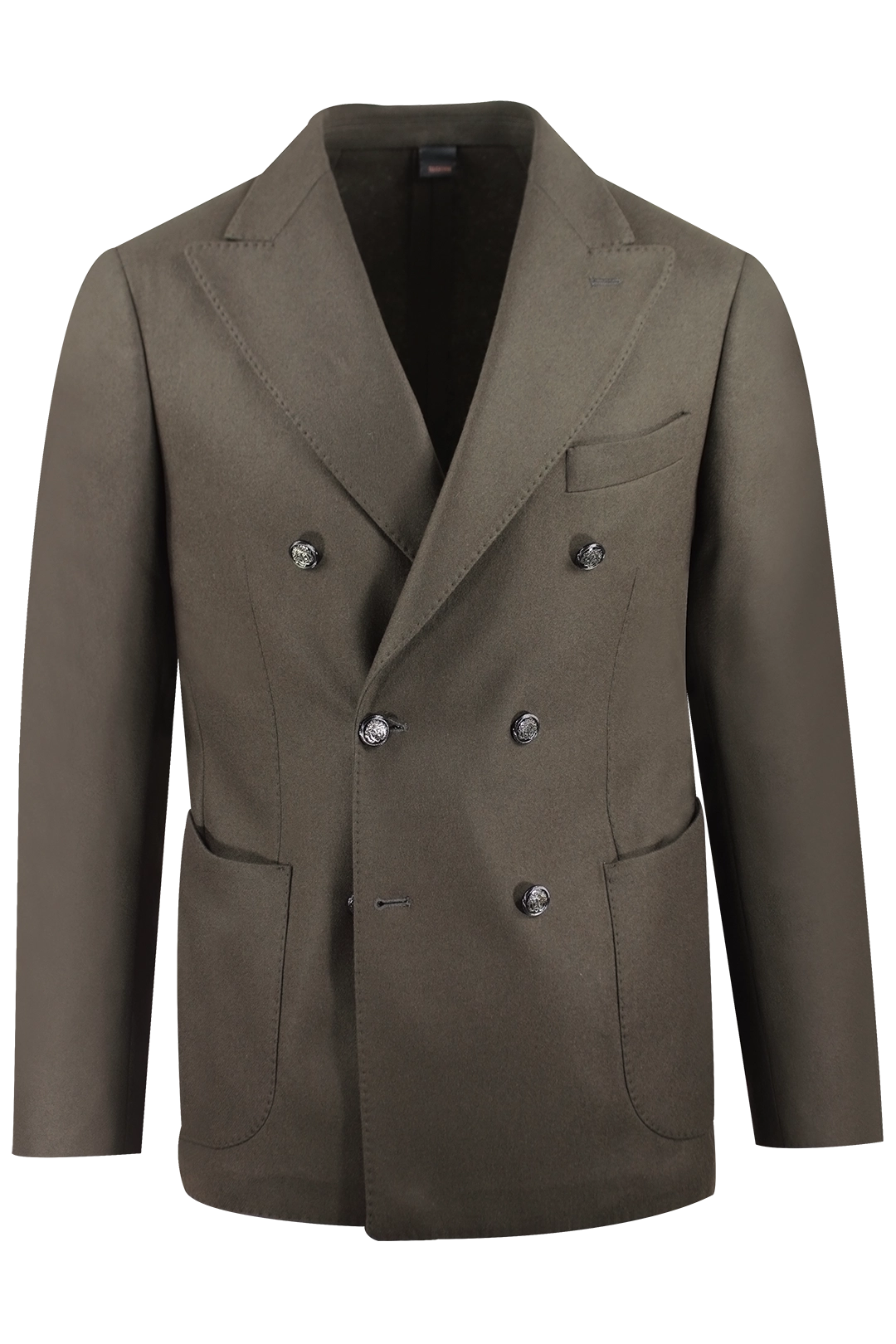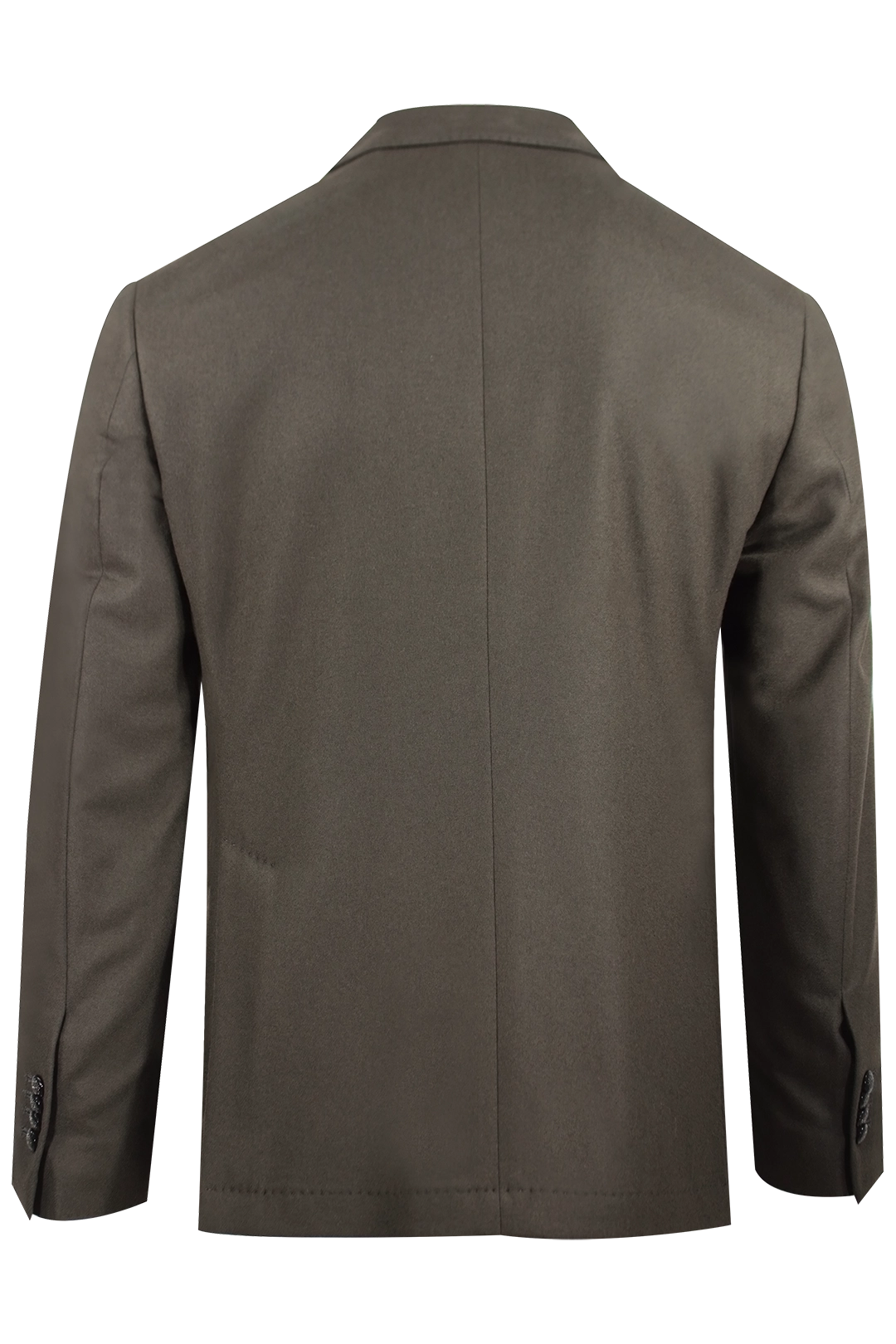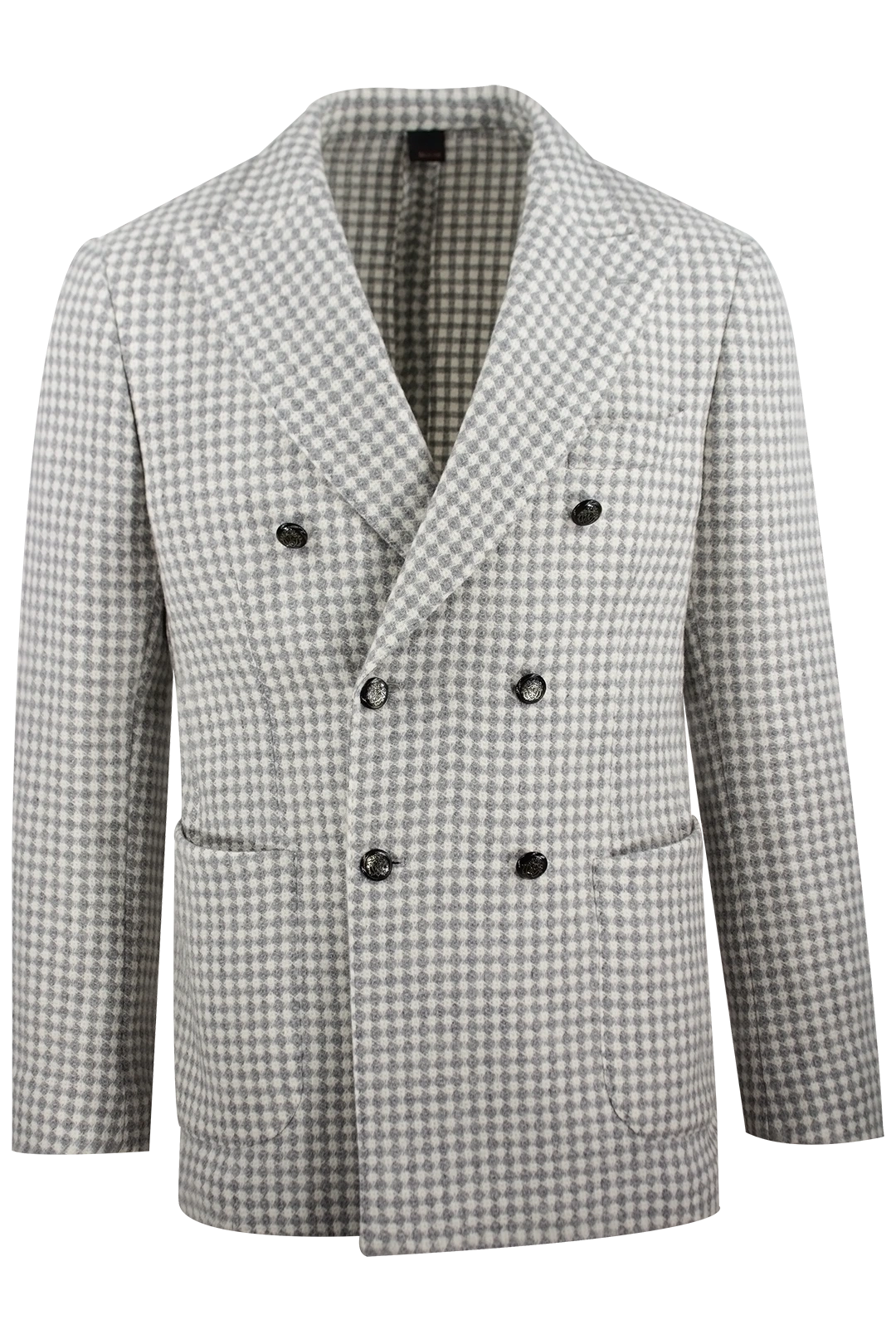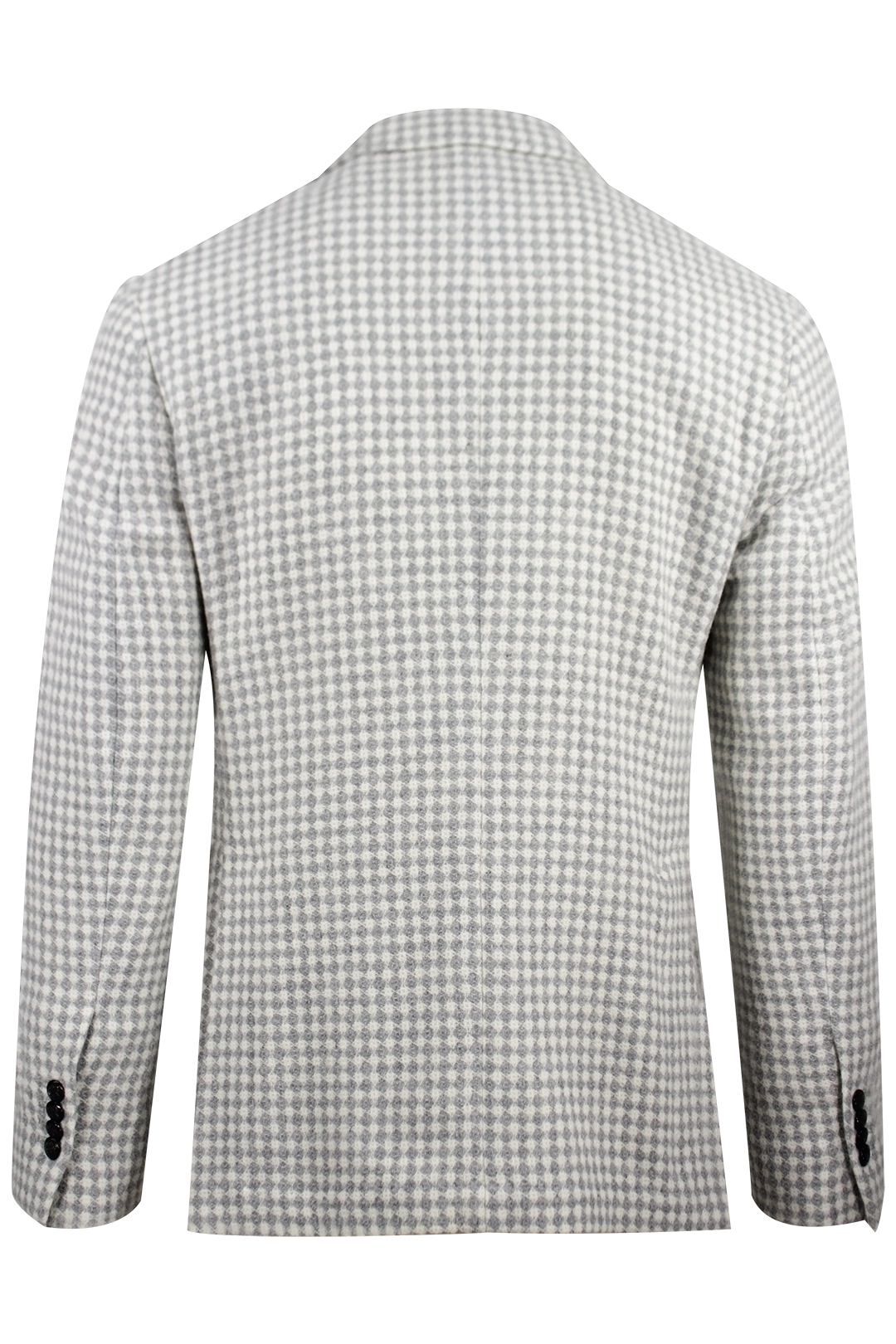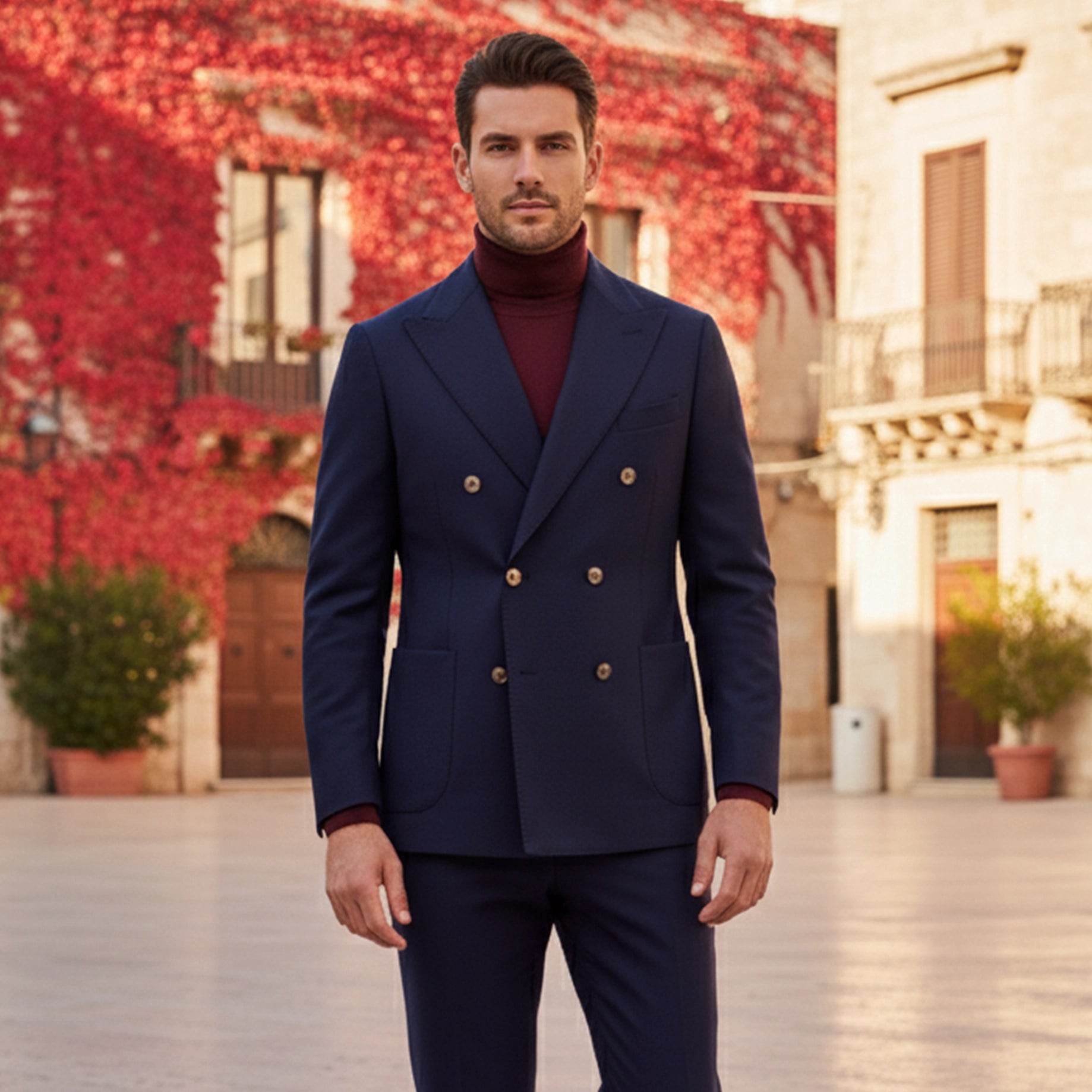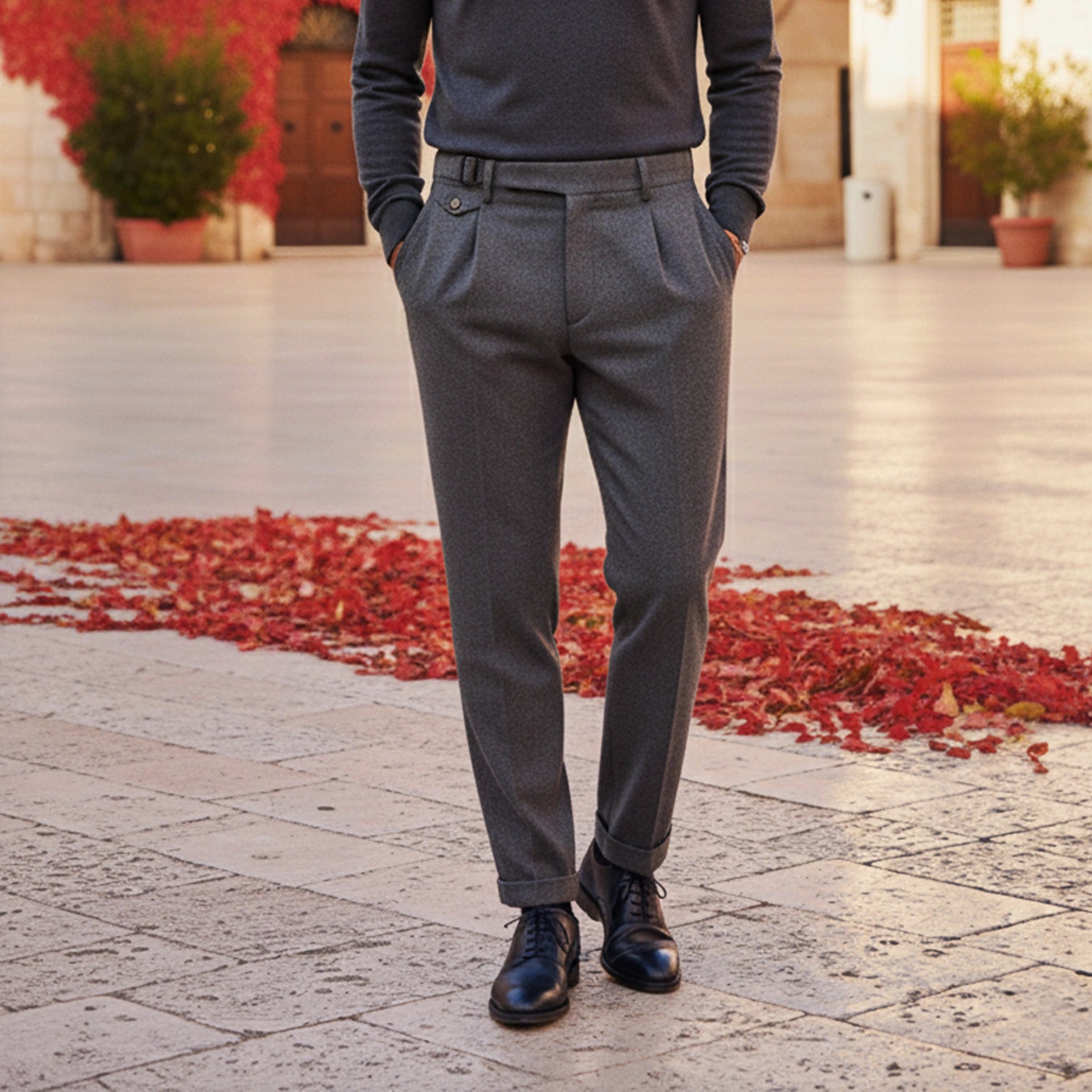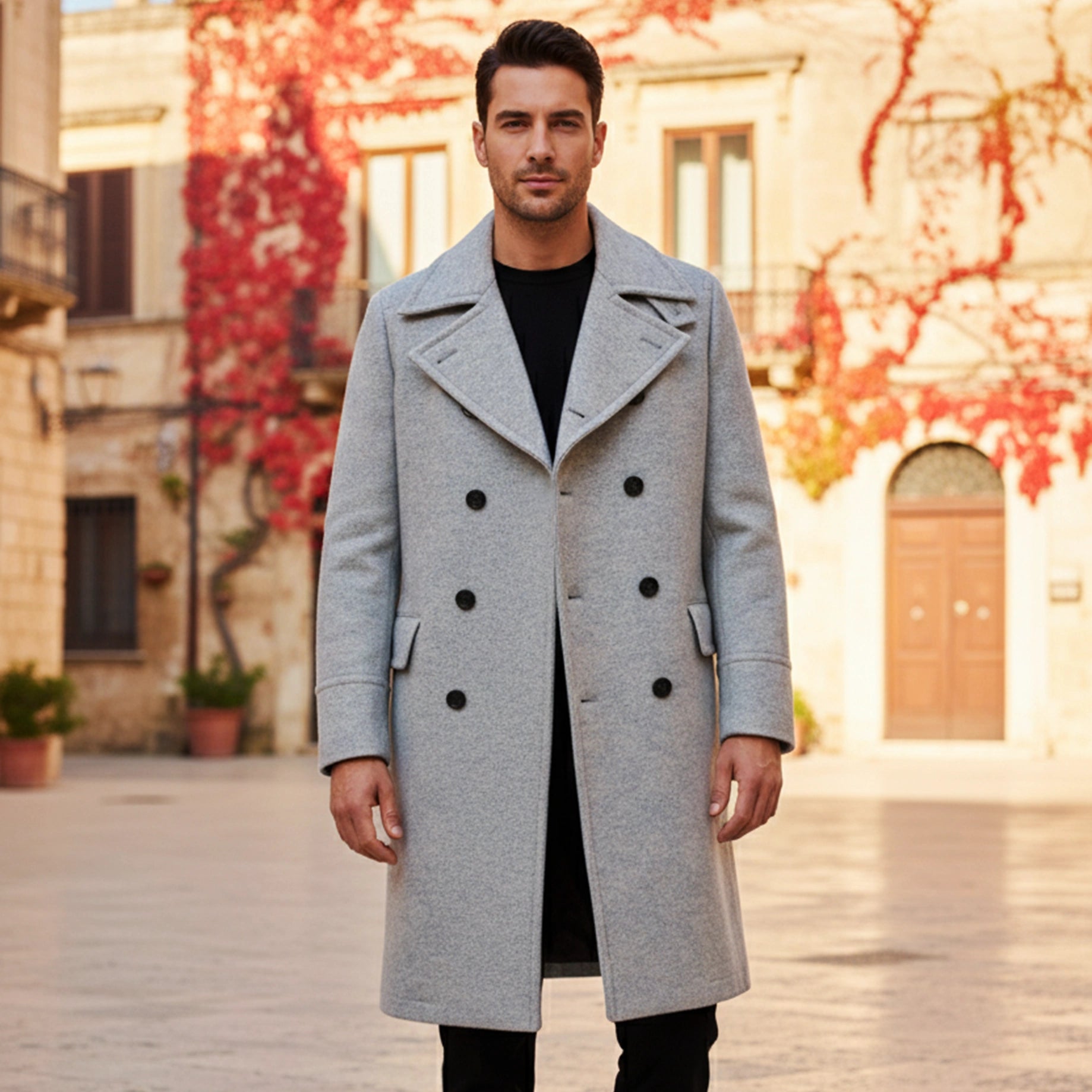In the constant dialogue between tradition and innovation that defines men's elegance, there is a fascinating and often misunderstood area: that of artificial textile fibers. Often confused with synthetic fibers, they actually represent a category in their own right, an ingenious bridge between the natural world and technological progress.
What is the fundamental difference? Unlike synthetic fibers, artificial fibers are made from an entirely natural raw material, usually cellulose extracted from plants such as beech wood, eucalyptus, or cotton waste. This raw material is then transformed through chemical processes to become yarn.
Understanding this universe means discovering fabrics with unique performance, which combine the pleasure of natural origins with technical features designed for the modern man.
Why choose man-made fibers in men's tailored fashion?
Incorporating a man-made fibre garment into your wardrobe is a smart choice, driven by the search for specific benefits that neither synthetic nor natural fibres can offer in the same way:
- Silky feel and fluid drape: Artificial fibers are renowned for their incredible softness and fluid, structured drape, reminiscent of silk. They give garments an impeccable drape and elegant movement.
- Comfort and breathability: Maintaining their cellulose origin, these fibers have excellent moisture-absorbing properties, making them breathable and comfortable on the skin, especially in warm climates.
- Brilliance and depth of color: Their structure allows them to absorb color pigments in an exceptional way, guaranteeing full, bright and long-lasting shades, difficult to achieve with other fibers.
- Sustainable innovation: Many new-generation man-made fibers, such as Lyocell, are produced through closed-loop processes, with a reduced environmental impact and a growing focus on sustainability.

Artificial fibers essential for masculine elegance
Understanding the different types of man-made fibers allows you to make informed choices and appreciate the hidden qualities of your garments. Here are some of the most commonly used in men's tailored clothing:
1) Viscose (or Rayon): Versatility made into a fiber
It is the best-known artificial fiber and the forefather of its category. Originally called "artificial silk" due to its sheen, it is extremely versatile. Its cool, smooth, and slippery feel is very pleasant.
- Tailoring Applications: Ideal for relaxed summer shirts, lightweight trousers with impeccable drape and, above all, for jacket and suit linings, where its smoothness is essential.
Expert tip: A viscose garment is perfect for transitional seasons and summer. Be careful with care: it's a fiber that, if left untreated, can be delicate in the wash.
2) Cupro (Bemberg™): The luxury hidden in the linings
If viscose is the versatile choice, Cupro is the absolute excellence, the best-kept secret of haute couture. It is obtained from linters , the short, silky filaments that surround the cotton seed. The Bemberg™ brand is the world's leading producer.
- Tailoring Applications: It is almost exclusively used for lining high-end suits, jackets, and coats. It is breathable, antistatic, silky, and incredibly durable. A jacket lined with Cupro glides over the body with an unparalleled sense of luxury.
Expert tip: When purchasing a suit, check the lining. A Cupro Bemberg™ lining is a clear indicator of the garment's quality construction and attention to detail.
3) Lyocell (TENCEL™): Sustainable Innovation
Lyocell, often marketed under the brand name TENCEL™, represents the ecological evolution of man-made fibers. It is produced from eucalyptus cellulose through a closed-loop production process, where almost all the solvents are recovered and reused.
- Tailoring Applications: It is extremely durable, both wet and dry, and very breathable. Perfect for luxury shirts and polos, tailored jeans, and casual-chic trousers. It has a soft hand and less creasing than viscose.
Expert tip: A garment made from TENCEL™ Lyocell combines exceptional comfort, high performance, and an ethical choice. It's the best fiber for the contemporary man who is attentive to style and the environment.
4) Modal: Softness that lasts over time
Derived from beech cellulose, Modal is an evolution of viscose, improving its strength and stability. Its distinctive feature is its extraordinary softness , which it maintains even after numerous washes.
- Tailoring Applications: Often blended with cotton to enhance its softness and sheen, it is perfect for polo shirts, high-quality T-shirts and luxury underwear.
Expert tip: When choosing a premium polo shirt or T-shirt, opt for a blend of cotton and modal. This combination combines the structure of cotton with the feel of modal, which, unlike pure cotton, resists limescale buildup better during washing, maintaining its softness over time.
In conclusion, fabrics derived from artificial fibers are not a second choice, but a third option that allows men's wardrobes to evolve. Born from nature but refined by technology, this type of fabric guarantees fluid drape and depth of color, positioning itself as a valid compromise between natural and synthetic fibers.
[Learn more about textile fibers and their processing stages in our dedicated article ]




